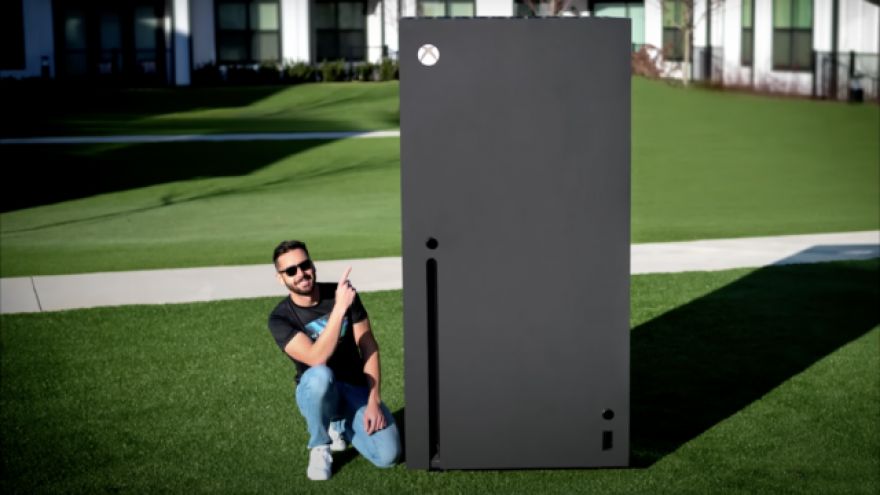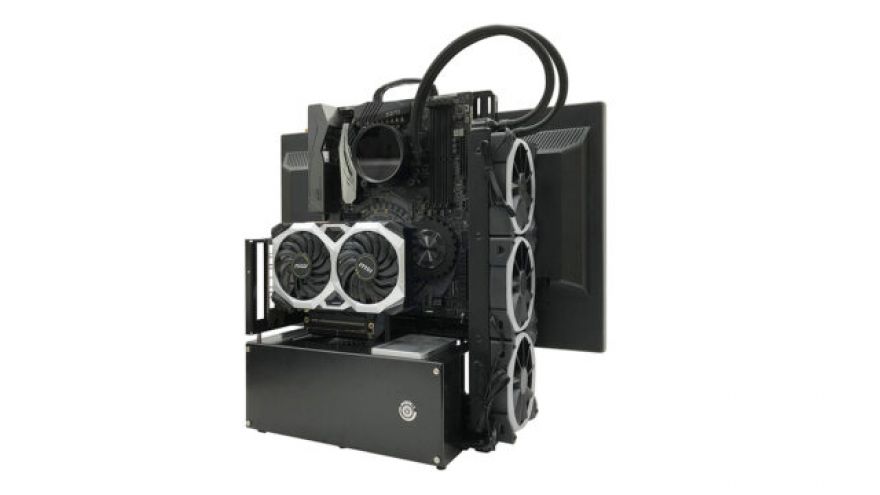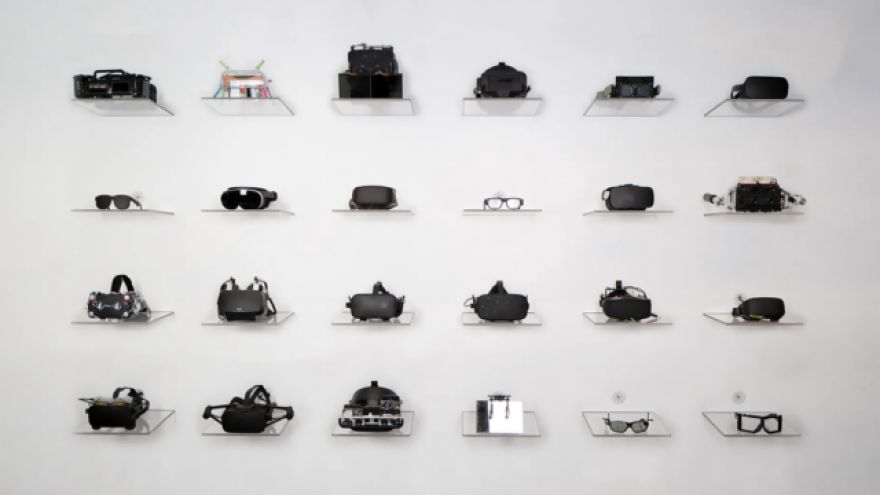
(Photo: Creative Commons Attribution-Share Alike 3.0/Wikimedia Commons)Meta has reached a same-day settlement agreement with the Department of Justice (DOJ) over a complaint regarding its advertising algorithms. The lawsuit, filed by the Assistant Secretary for Fair Housing and Equal Opportunity in collaboration with the Department of Housing and Urban Development (HUD), alleged Meta enabled advertisers to target housing ads based on demographic data protected by the Fair Housing Act (FHA). Advertisers were able to selectively show housing ads to users of a certain race, color, religion, sex, disability status, familial status, or national origin. Meta’s marketing tools, known as “Special Ad Audience” (previously “Lookalike Audience”), would then use machine learning to determine whether a user was “eligible” to see a housing ad.

(Photo: Sören Funk/Unsplash)A robotic fish the size of your pinky nail might soon help mitigate microplastic pollution. Engineers at the Polymer Research Institute of Sichuan University have devised a tiny robo-fish that can flap around a body of water, grabbing microplastics as it goes. The 13mm robot uses a light laser system in its tail to propel itself at approximately 30mm a second. If the robot experiences damage during a swim, it can repair itself and continue the job without outside intervention. The team took inspiration from ocean-dwelling creatures for the project. They designed a material that mimics nacre (known colloquially as mother-of-pearl) by layering sheets of molecules to match nacre’s chemical gradient.

A YouTuber known for DIY projects that involve making things either huge or tiny has unveiled a gigantic Xbox Series X. His latest project was inspired by Microsoft making an Xbox Series X refrigerator, so he decided to make his version even bigger. The giant console is a chonker, measuring 6.82 feet tall and weighing over 250lbs. Overall, it’s 600 times the size of a regular Series X. It’s even been declared the world’s largest Xbox by the Guiness Book of World Records. Of course it’s fully functional, and is has an impressive amount of attention to detail. YouTuber Michael Pick built the outlandishly-oversized console.

(Photo: Nagao)Open air PC cases are nothing new, as they’ve always existed at the upper echelon of “nerd cred” builds. Hanging all your PC gear out for everyone to see just looks cool, period. Plus, it makes upgrades and maintenance a heck of a lot easier and improves airflow. Now an open air chassis maker from Japan has added a new twist to the design: it’s added a mount for your monitor. This effectively allows it to be an all-in-one (AIO), open air PC. It even includes a handle at the top, so you can easily take it to LAN parties.

We’ve all been waiting with bated breath to see some real, not-from-Intel benchmarks for the company’s new Arc desktop GPUs. Its first entry-level desktop card just launched in China, and now a review has been posted online. Finally, we have some real benchmarks, including both synthetic and in games. Overall, the results do not look good for Intel. To recap, the A380 is Intel’s entry-level desktop GPU in the Arc Alchemist family. It’s priced at roughly $150 or so, and was designed to compete against the Radeon RX 6400 and Nvidia GTX 1650 GPUs. All of these GPUs are made for 1080p gaming.

(Photo: Dutch Docklands)The Maldives is more than just a picturesque vacation destination. It’s home to over half a million people, whose homes and livelihoods are at risk of sinking as the planet warms and sea levels rise. It sounds like something out of a sci-fi paperback: climate change has wreaked havoc on the planet, and a community’s only hope of survival is to build a floating utopia. And in a way, that’s what’s taking shape. “Maldivians will go from climate refugees to climate innovators,” Koen Olthuis, founder of the architecture firm Waterstudio, CNN. Waterstudio had designed about 300 floating homes, workspaces, hospitals, and schools before taking on the currently-nameless Maldives project.

(Photo: Meta)This week Meta CEO Mark Zuckerberg showed off several prototypes of head-mounted displays (HMDs) the company is currently developing. Each is a proof-of-concept for various features that comprise the virtual reality (VR) and mixed reality experience. For example, there’s a headset with a super-bright display, one with high-resolution optics, one that’s very thin, and so on. If you could combine all of the features in the various devices, you’d have a true next-generation product. Sadly, all of them feature experimental technology, and none are even close to being available. Zuckerberg said they’re part of the company’s work on a “visual Turing test.

Apple and its competition are always looking way over the horizon for what’s to come. The company is famous for filing patent applications for anything and everything it can come up with, just in case it ever uses it. Sometimes they seem interesting like a folding, dual-display laptop. Others just seem ridiculous; like an all-glass Mac Pro tower. However, its latest filing is not only interesting, but has useful real-world implications. It is for an all-new MacBook that has never-before-seen features. These include a finger-sensing system, an iPhone charger, and palm print biometrics. The patent was accepted, and is detailed by .

(Photo: Adrian Sulyok/Unsplash)Amazon has grown so large that it’s facing an almost unbelievable problem: it’s running out of people to hire. A leaked internal research memo by Vox’s Recode reveals the company’s long-term labor concerns. The research at the center of the document was conducted in 2021 and warns of a limited workforce in the coming years. Large-scale changes to the company’s pay structure, termination and retention policies, and warehouse automation technology would be necessary to prevent Amazon from running out of new-hires in the areas in which it operates. Without these changes, hiring would screech to a halt.









